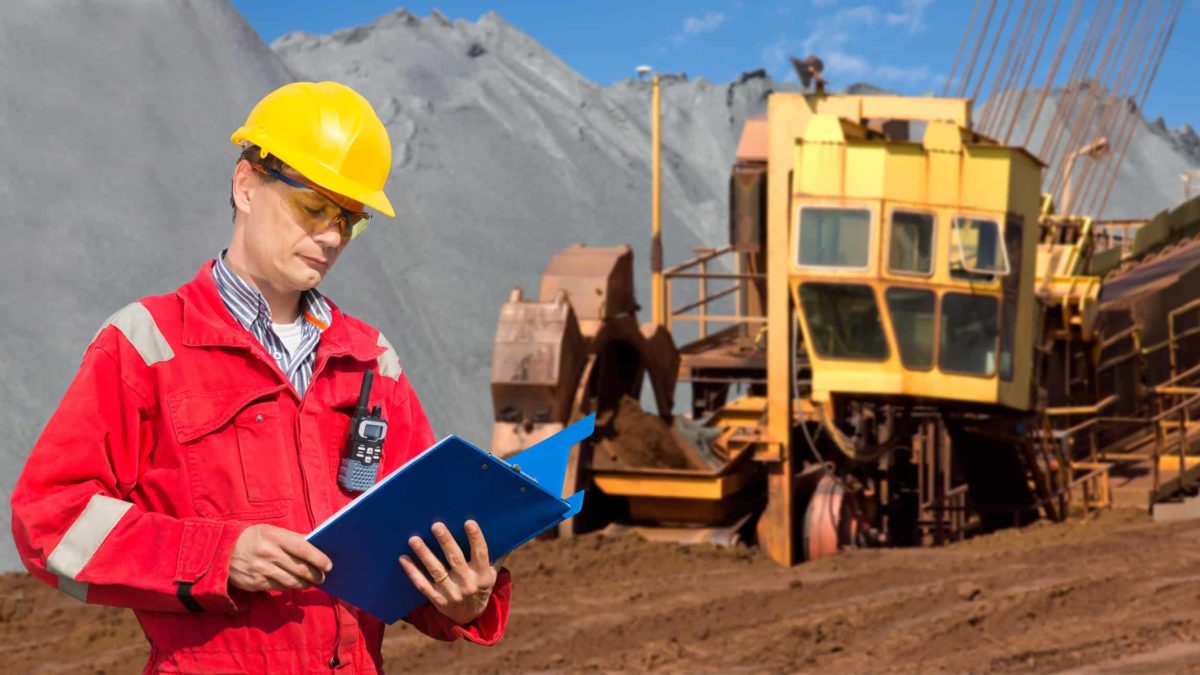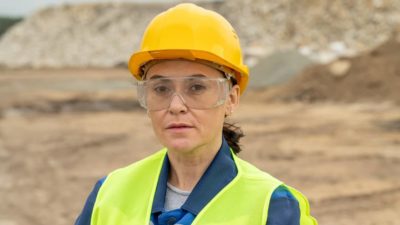The Fortescue Metals Group Limited (ASX: FMG) share price has been on a rollercoaster over the last few months.
The ASX mining share has seen declines since June. But could things be about to turn around?
Fortescue shares dropped 4% between the end of June and the end of September. However, they shed 22% between 8 June and 30 September.
The S&P/ASX 200 Index (ASX: XJO) only dropped by 1% over the last quarter.
What's going on with the iron ore price?
As a commodity business, Fortescue's fortune has been – and is currently – linked to the iron ore price.
A higher iron ore price largely turns into more profit and cash flow for the business because it costs the same to produce 1mt of iron ore no matter what price it fetches.
While the iron ore price hasn't collapsed, it has been drifting lower since June, dropping around 20%. This certainly reduces the profit-making potential of the business.
Not only is the iron ore price important for the company's iron ore division, but it's also the source of funding for its green energy endeavours. Fortescue is currently committed to allocating 10% of its net profit after tax (NPAT) to Fortescue Future Industries (FFI).
Expectations for iron ore
The resources and energy quarterly report from the office of the chief economist from the Department of Industry, Science and Resources outlines a number of growing global recessionary fears. New COVID-19 outbreaks in China and the weakness in the Chinese housing sector have dampened steel and iron ore demand in recent months.
It said that weakening demand in China, combined with a cost increase in many raw material inputs, have driven steel mill margins down so far in 2022.
The spot price for 62% Fe iron ore fines (FOB) for the 2022 calendar year is now forecast to average around US$110 per tonne in 2022. Thoughts about where iron ore is headed could certainly affect the Fortescue share price.
For the next few years, the iron ore price is expected to fall even further, with the report stating:
Over the rest of the outlook period, iron ore prices are projected to decline toward (lower) longer-run levels. This follows more modest growth in blast furnace steelmaking (compared with the past decade) from major producers such as the EU, US and China, as the world undergoes a transition to a low emissions environment. Slower growth in blast furnace steelmaking capacity will also take place alongside growing supply from Australia and Brazil. Growing global recessionary fears present further downside risks to iron ore prices over this period.
From a forecast average price of around US$110 per tonne (FOB) in 2022, the benchmark iron ore price is projected to average US$90 per tonne in 2023 and around US$70 per tonne in 2024.
Brokers are also pessimistic about iron ore. Reporting by the Australian Financial Review showed that UBS has a sell rating on Fortescue, with China's zero-COVID policy stifling growth and its property market remaining weak. The price target is just $14.30. It suggests that commodity prices are yet to price in recession.
JPMorgan recently slightly lowered its price target on Fortescue (and the other iron ore miners of BHP Group Ltd (ASX: BHP) and Rio Tinto Limited (ASX: RIO) ). It said:
The iron ore players show strong balance sheets, low near-term multiples, trade below net replacement value, and continue to have high margins.
However, we believe the China property slowdown and sluggish ex-China steel production combined with more supply in 2023 present downside risks to iron prices. Add to this heightened global recession risks, we feel the space is lacking positive share price catalysts.
What else could help the Fortescue share price?
Meantime, FFI continues to work on its plans for making green hydrogen, green ammonia, and so on.
Positive developments could certainly see the market believe in that side of the business more.
Fortescue announced earlier this week that it's investing in a business working on building import facilities for green hydrogen and green energy in Germany.








